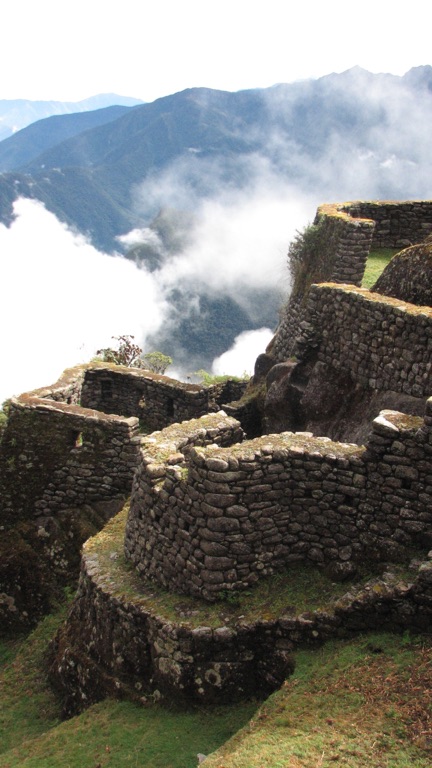Puyupatamarca, known as the “Cloud-Level Town,” is a remarkable Incan site nestled in the Andes along the Inca Trail to Machu Picchu. This archaeological wonder boasts intricate stone constructions, including baths and ceremonial fountains, and offers breathtaking views of the surrounding mountains. Its well-preserved state allows visitors to step back in time and experience the ingenuity of Incan architecture and urban planning.
Get your dose of History via Email
Historical Background of Puyupatamarca
Discovered by Hiram Bingham in 1911, Puyupatamarca remains one of the most intact sites on the Inca Trail. The Incas, known for their sophisticated engineering, built this site. They strategically placed it to serve as a rest stop for travelers heading to Machu Picchu. Its high altitude and proximity to water sources suggest it had a ceremonial purpose as well.
While the exact date of its construction is unclear, it likely dates back to the 15th century, during the reign of the Inca Empire. The Incas inhabited this site until the Spanish conquest in the 16th century. Afterward, it lay hidden by dense forest until its rediscovery.
Puyupatamarca did not witness any known historical battles or events. However, its significance lies in its ceremonial functions and its role in the Incan road system. The site’s design reflects the Incas’ cosmological beliefs and their mastery of harmonizing architecture with nature.
Over the years, Puyupatamarca has undergone conservation efforts to preserve its structures. These efforts ensure that the site remains a testament to Incan civilization. Archaeologists continue to study the site to uncover more about its history and purpose.
Today, Puyupatamarca is a highlight for hikers on the Inca Trail. It offers a glimpse into the daily and spiritual lives of the Incas. Visitors can explore its terraces, baths, and temples, imagining life in the Andes centuries ago.
About Puyupatamarca
Puyupatamarca stands as a marvel of Incan engineering. The site features a complex system of aqueducts and fountains, which still function today. These provided fresh water for both domestic use and ceremonial purposes.
The architecture of Puyupatamarca includes a series of terraces carved into the mountain slope. These terraces were likely used for agriculture, taking advantage of the region’s fertile soil. The Incas used local materials, such as stone, to construct the site, showcasing their ability to adapt to the environment.
One of the architectural highlights of Puyupatamarca is its ceremonial baths. These baths are a series of cascading pools, which were likely used for ritual cleansing by the Incas. The precision of the stonework in these baths is a testament to the skill of Incan masons.
The site also includes a main plaza and several structures that may have served as residences or temples. The buildings feature trapezoidal doors and windows, a hallmark of Incan design. The strategic placement of the site offers panoramic views, suggesting its importance as a lookout and place of worship.
Despite centuries of exposure to the elements, Puyupatamarca’s structures remain in remarkable condition. This durability is a tribute to the Incas’ understanding of their landscape and their construction techniques, which have stood the test of time.
Theories and Interpretations
Several theories exist about Puyupatamarca’s purpose. Most agree that it had religious significance due to its location and design. The site aligns with celestial events, which may have determined the timing of rituals.
Some believe Puyupatamarca was a control point on the Inca Trail. It could have been used to manage the flow of people and goods to Machu Picchu. The presence of baths suggests it was a place for purification before reaching the sacred city.
Mysteries surround Puyupatamarca, such as the meaning of its symbols and the exact nature of the ceremonies conducted there. Archaeologists have matched some aspects of the site to historical records, but much remains open to interpretation.
Dating of Puyupatamarca has been carried out using methods such as carbon-14 dating and analysis of ceramic styles. These studies have helped establish a timeline for the site’s construction and use.
Despite ongoing research, Puyupatamarca continues to hold secrets about the Inca civilization. Its remote location and the Incas’ lack of a written language make it a challenging but fascinating subject for historians and archaeologists.
At a glance
Country: Peru
Civilization: Inca Empire
Age: 15th century AD
Conclusion and Sources
Reputable sources used in creating this article include:
- Wikipedia: https://en.wikipedia.org/wiki/Puyupatamarca

